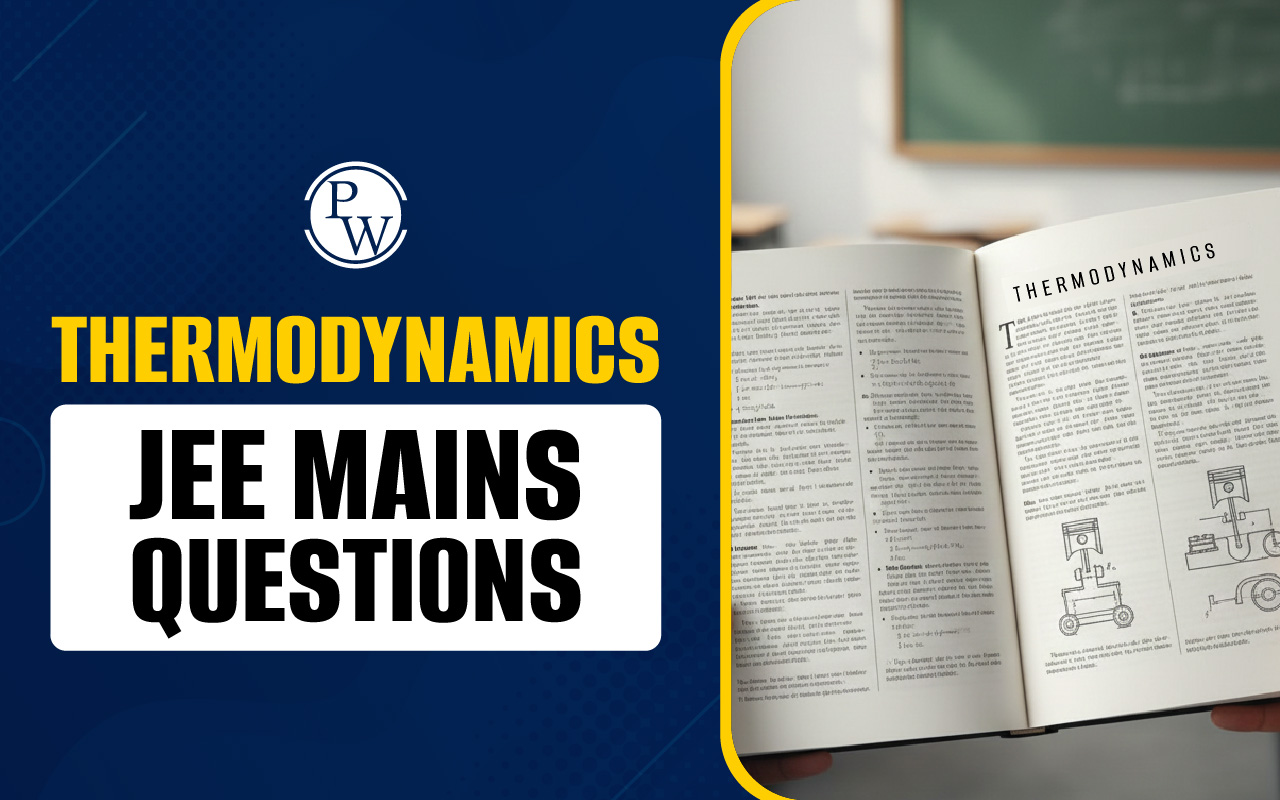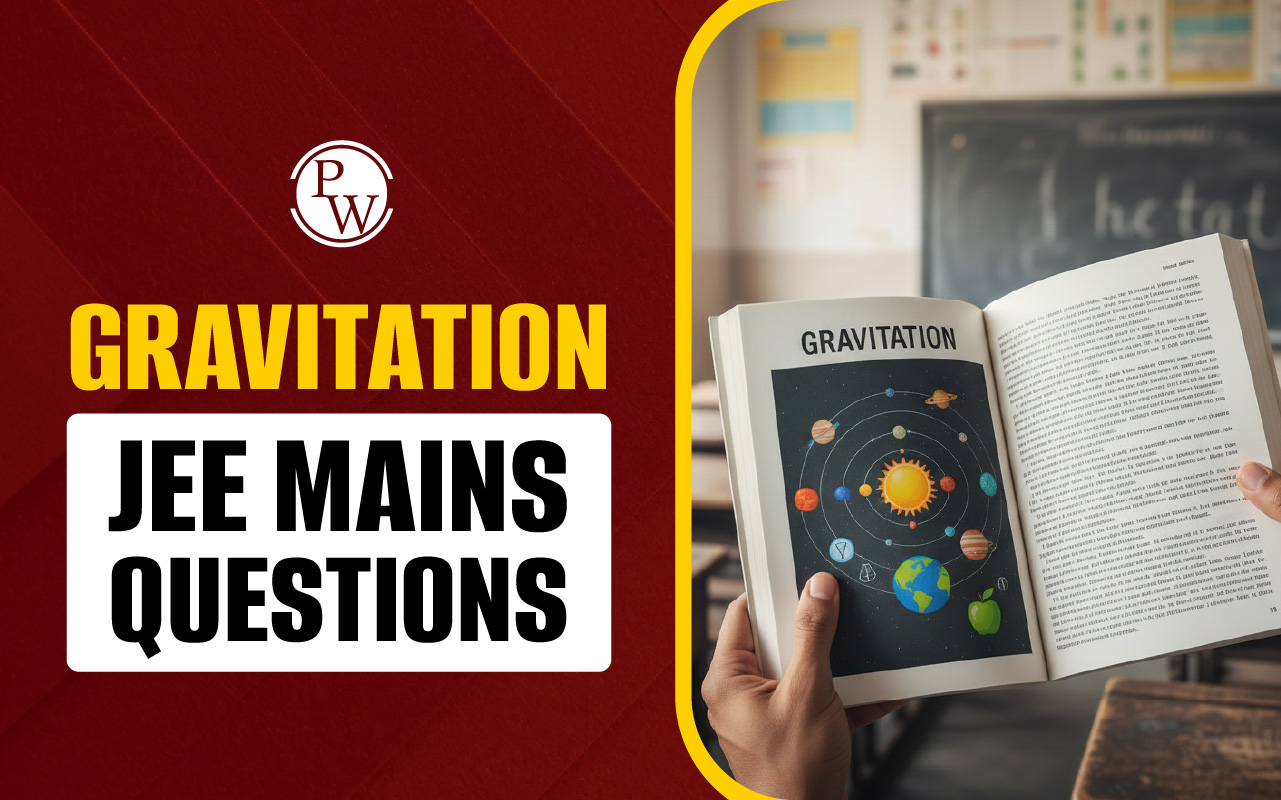
Geometrical Interpretation Of Indefinite Integrals : Indefinite Integration known as antiderivative is a reverse process of differentiation. This could be consider as breaking a steel block into pieces known as differentiation and again combining all pieces to regain the block known as integration. Whenever any function is being integrated it gives integral with constant, different values of this constant defines the geometrical meaning of indefinite integration, we will explore it in this explanation.
Geometrical Interpretation Of Indefinite Integrals Introductions
Geometrical meaning of indefinite integration means set of curves belongs to same family and share at least one common property. So here we have any function f ( x ) and its Integral is g ( x ) + c than for different values of c , Antiderivative graphs would share same common property. Let's explore it with an example.
Suppose there is a function
x
2
. Now its integral would be
now by putting different values of c we have,
c
= 0,
c
= 1,
,
c
= –1,
c
= 2,
,
c
= –2,
c
= 3,
,
so on.
Now if we plot the graphs of above antiderivatives than it would look like.
In Above graph we can see family of curves. Now if we draw a line x = l , parallel to y -axis than it is intersecting curves in different points. Now for these points if we draw tangents then these tangents would be parallel as we can see from the proof given below.
So from above explanation we can observe slope of all tangents at x = l is l 2 , hence all these curves shares a common property that is slope of tangent at any particular ordinate ( x = l ) would be equal since l is a general point which could lie anywhere hence for different values of l each curve of a family would be at equal distance from each other or we can say curves of any particular family obtained by putting different value of c would be parallel to each other.
Now we can define geometrical meaning of indefinite integration as Geometrical representation of indefinite integral for any integrand defines set of parallel curves drawn on x , y co-ordinate axes.
Examples based on Geometrical meaning of integral of simple polynomial functions
Example 1: -
Find integral of
and give its geometrical explanation.
Sol.
Integral of above function would be
Now for
Now for different value of c we can plot the graph of function as
In above graph different members of family
is being drawn, now as we can see if a line
x
=
l
is drawn parallel to
y
axis than it is intersecting family members at different points for which abscissa is constant ordinate varying. Now for all these points if tangents are drawn then these would be parallel to each other as we can see from below too.
So, for all members
Now we can say for each member slope of tangent at x = l is l and since l is a general point which could lie anywhere on the curve hence for every particular point for different c, we can draw set of tangents parallel to each other and this proves all family members obtained by putting different values of c would be parallel to each other.
So geometrical explanation of
would be set of curves belonging to a family and parallel to each other.
Example 2: -
Find integral of
and give its geometrical explanation?
Sol.
Integral of above function would be
Now for
Now for different values of c we can plot the graph of function as
In above graph different members of family
is being drawn. Now as we can see if a line seal
x
=
l
is drawn parallel to
y
-axis then it is intersecting family members at different points for which abscissa is constant and ordinate varying. Now for all these Points if tangents are drawn then these would be parallel to each other as we can see from below explanation.
So, from above we can observe slope of all tangents at x = l is l 3 , hence all these curves shares a common property that is slope of tangent at any particular ordinate ( x = l ) would be equal. Now since l is a general point which could lie anywhere hence for different values of l each curve of a family would be at equal distance from each other or we Can say curves of any particular family obtained by putting value of c would be parallel to each other
Geometrical meaning of integral of simple polynomial functions Related Rapid Questions
1.
Find integral of
and give its geometrical explanation?
2.
Find integral of
and give its geometrical explanation?
3.
Find integral of
and give its geometrical explanation?
Geometrical Interpretation Of Indefinite Integrals FAQs
Q. 1 : Indefinite integral defines set of parallel curves in co-ordinate plane
Q. 2: Indefinite integral gives integral and integral constant c, for different values of c, curves belong to different family
Q.3 : If ordinate x = l is drawn to intersect family of integral at different points, than tangent drawn on these would not parallel to each other?
Q. 4 : Antiderivative and integration are synonyms?










